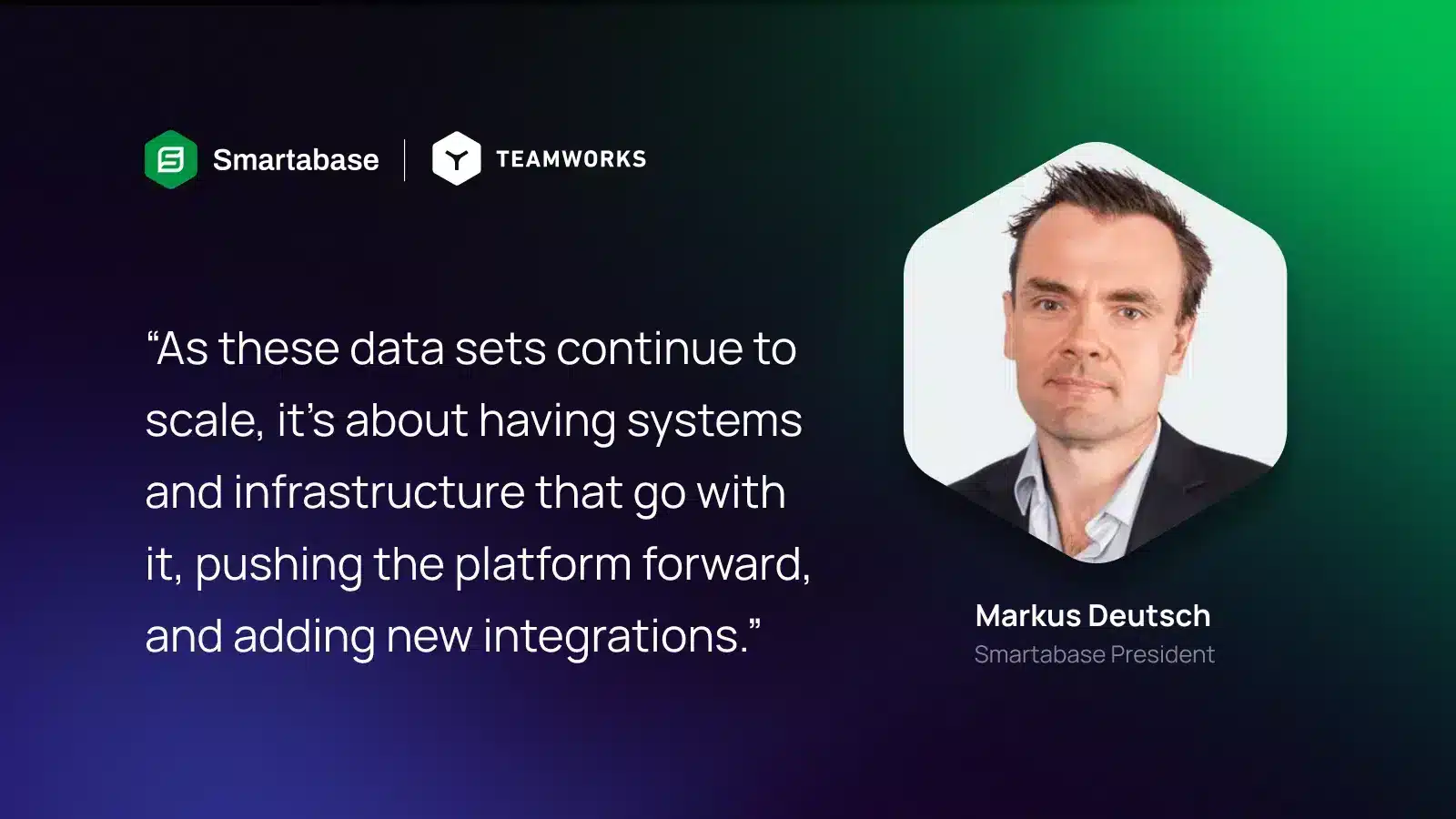As we shared in the first part of this article series, a hybrid approach to athlete data management is providing organizations like the Australian Institute of Sport (AIS), LA Kings, and Tampa Bay Rays with increased efficiency, more effective multidisciplinary collaboration, and data-driven decision-making. To achieve these advantages, such groups often need to go into technical debt initially to roll out an AMS alongside an in-house system.
Making a Continued Investment
Its all very well to put in the prep work needed to roll out a third-party AMS in tandem with a homegrown application. But if an organization wants to keep reaping return on investment (ROI), their IT/IS resources must stick with the athlete data management project for the long haul.
Anywhere between 30 and 70 percent of any project is spent on technical debt, said Smartabase founder Markus Deutsch in a recent webinar. As these data sets continue to scale, its about having systems and infrastructure that go with it, pushing the platform forward, and adding new integrations. Its a mistake to underestimate this. Its great if youve got the resources to build specific things for your sport and organization that add the sizzle on top of a core AMS.
Forging an Evolutionary Path
Human performance is a fast-growing field, with philosophies, ideas, and practices continually evolving. These often cross-pollinate between college athletics, pro sports, and the military, as professionals find new and more effective ways to prepare, train, and treat athletes. To support the constant evolution of the field, an organization must find a way to capture incoming information, consolidate it, visualize it, and report on it.
In a lot of cases, one size doesnt fit all, so its important to consider how information will flow between systems and which APIs youll need to capture data from technologies on the front end, said Teamworks senior consultant Kiran Menon. If you really think about empirical evidence in sports science, its not much more than 30 years old, particularly when it comes to digitization. The reality is that with multiple systems working in collaboration together, you have the greatest chance to be able to satisfy that evolutionary path, versus if you have one system that you continuously have to change. By the time you have implemented the change, the idea has pivoted again and youre not able to keep it up.
Discovering Best Practices
To minimize technical debt and maximize the value derived from making athlete data available across the organization, its best for a team to seek out expert advice when theyre comparing vendors. They can get a head start by seeking advice from peers that have gone before them in building and maintaining a hybrid AMS and in-house platform simultaneously.
The number one thing is to reach out to other organizations who have been there and done that and engage in transparent conversations that reveal what has worked and what hasnt, said Tom Crameri, athlete management system project manager at the AIS. Its difficult in the product vetting stage to know what that product will be in five years time. If you can ask those specific questions and get honest answers, itll provide you with comfort that youre on the right track. Seek out similar organizations to manage expectations about what the product can do moving forward.
While technical debt isnt ideal in certain situations, it can deliver easy wins when applied to a hybrid approach that combines an AMS with a homegrown system, as we explored in part two of this blog series. To discover more about how Smartabase can put your athlete data into action, click here.
